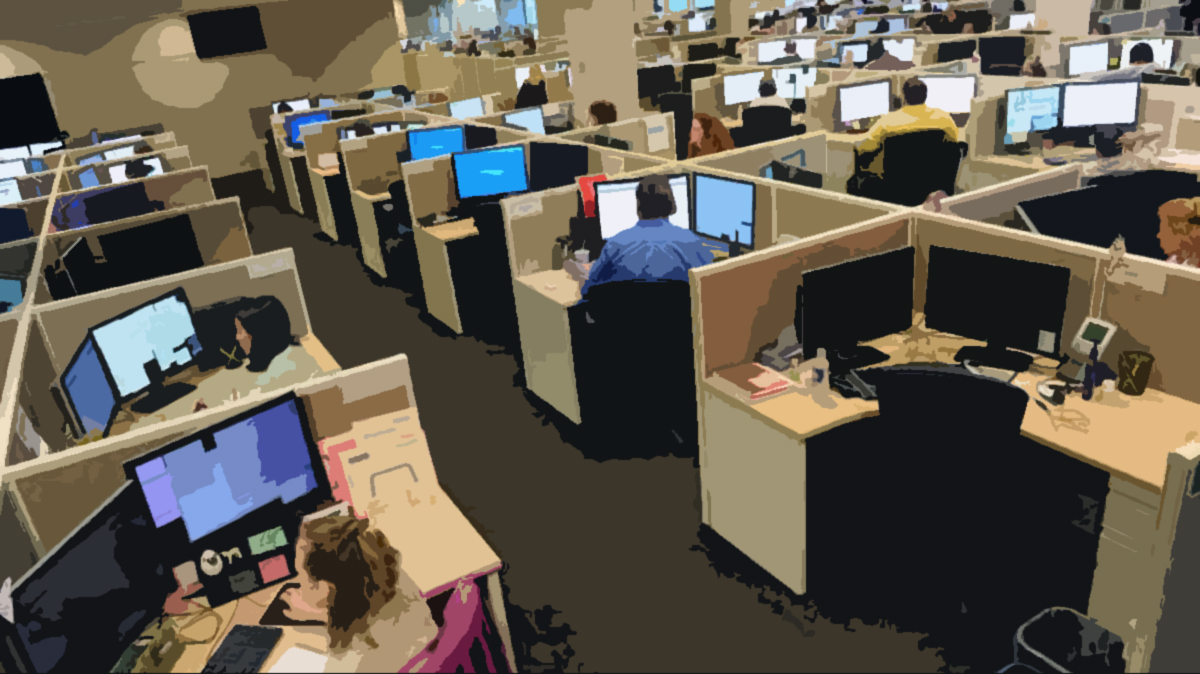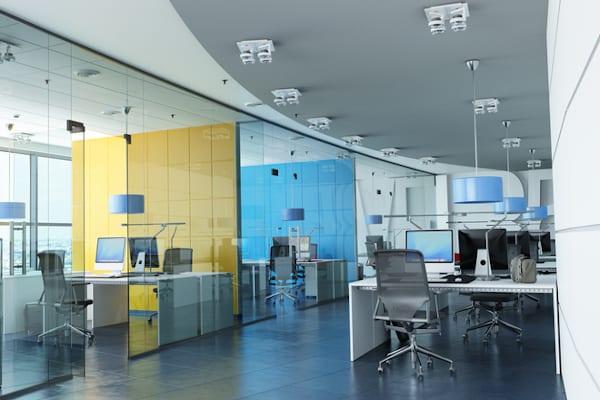Ventilation at work
Poor ventilation at the workplace may cause health and safety hazards. Thus could put your workers at risk.
Ventilation is a process in which clean or fresh air (usually outdoor air) is intentionally introduced into a space and the stale air (unclean, polluted or stagnant air) is removed.
Thus, workplaces must be ventilated to allow work to be carried out without risk to health and safety.
In fact, poor ventilation in the workplace requires immediate attention and action, regardless of the severity of any health issues workers may be experiencing, or any damage occurring to the building’s interior or exterior.
How does ventilation affect the health and safety of your workers?
Ventilation at the workplace can have positive and negative impacts on building occupants. Thus, good ventilation systems enable productive workplaces, providing an environment for workers to remain alert, productive, and focused on their work tasks. Poor ventilation systems, however, can cause potential health problems resulting in decreased productivity and increased sick leave.

Good ventilation systems:
- Remove contaminants, such as pollutants, bacteria, moisture and unpleasant odours, including body odours and can reduce the spread of airborne viruses.
- Regulate air flow, by providing a way of controlling the air flow into and out of the building or workplace
- Maintain humidity and reduce condensation to attain safer environment. By reducing mould growth and damp conditions within the office environment or workplace
- Reduce temperatures, to prevent a hot and stuffy work atmosphere by providing a well-ventilated room or area that is more relaxing and a comfortable workspace for people.
In fact, poor ventilation can result in workers suffering:
- fatigue, drowsiness, poor concentration
- headache
- dizziness
- respiratory infection, shortness of breath, coughing, and sneezing
- hypersensitivity and allergies
- dry or irritated throat, eyes, nose, and skin
How to identify potential problems
If there is an indication the ventilation systems are not working properly, the following simple measures may help identify the cause of the ventilation issues or provide an insight into the indoor air quality available:
- Review the humidity and temperature levels.
- Check the air flow is adequate.
- Discover the direction of the air flow is adequate.
- Review the air distribution (airflow pattern) is adequate.
- Investigate the system to make sure it is operating properly.
- Use an inspection checklist to determine any areas of concern with indoor air quality. The checklist may contain items such as ensuring walls, ceilings and floors are free of mould, check for sources of pollution, making sure humidifiers and air conditioners are working, etc
- Engage a qualified person to service the systems or conduct air sampling and follow up on their recommendations.


